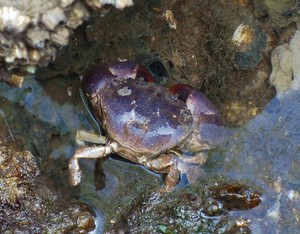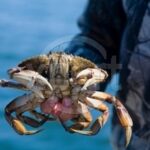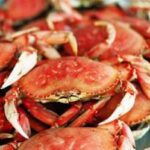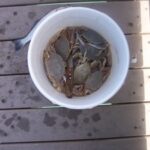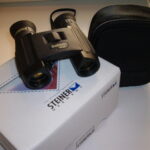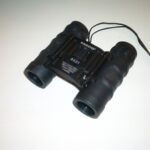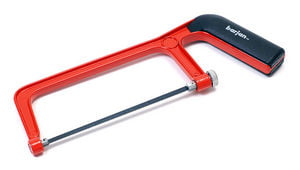In our recent trip to the Punta Gorda area of Florida, we stayed in Burnt Store marina and had a wonderful time learning about the local aquatic culture. When we visited the Ding Darling National Wildlife refuge, we managed to arrive while the tide was out. This gave us the opportunity to spot a variety of crabs along with the more usual focus on birds.
If you decide to get up close and friendly with the local crabs, you should consider bringing along the following:
1) Field Guide to the Southeastern and Caribbean Seashore
2) Binoculars
3) Tackle, bait and fishing license
4) Butter (just kidding) See the links for a list of regulated species.
5) Rubber boots or surf shoes.
It’s not necessary to get into the water, in fact, in many places in the NWR not allowed.
Here’s my best guess list of crabs I found, where I found them, and how you can tell which ones they are. Our field guide explains there are over 28,000 species in Class Malacostracans, the class that all these fall into. For this reason, I list the names of the closest species since most of the species have similar characteristics. To select the species, I used body shape, color, location they were found and claw and leg characteristics. One picture showed a red-clawed marsh crab and said it was the coloring phase during mating, used as a threat. This could mean that they all have different color phases or just some. Clearly, I need to do more investigation.
The best places to find crabs at Ding Darling NWR is wherever there is a metal gate on a road over a spillway. Oysters and other reef creatures have collected along the rockeries at these points. Along piers and mangrove roots, and hiding in the sand. Note, horseshoe crabs are the most commonly seen shell in the area because they are so large and many raccoons like to dine on them.
Blue Crab (Callinectes sapidus)
Yep, this is everyone’s tasty meal. They are a swimmer crab, family Portunidae. That means you may find them swimming about the water, underwater, and in tide pools. We found this one sitting in a tide pool. These are blue colored crabs with red-fingered claws. See Figure 1. Swimmer crabs have special flat paddles in the back to help propel them through the water. Yes, that’s right, an adaptation (meaning a characteristic that was selected that was useful) in their particular environment.
Common Spider Crab (Libinia emarginata)
Be careful, this crab hides in plain sight. I’m not sure it’s not a different species because they were bright orange instead of the listed and shown gray. I observed similar ones, with large amounts of dark seaweed covering their bodies, even when they crawled out on a rock.
Speckled Crab (Arenaeus cribrarius)
Another of the swimming crabs, the edges of its body caught my eye as did the pale coloring. It apparently likes to hide in the sand, perhaps that explains its coloring.
Gray Marsh Crab (Sesarma cinerum)
Clearly due to the square back, the location of the eyes, and the shape of the legs, this is either a marsh or fiddler crab. These are hiding their front claws, so it could be that they have a large one, but I don’t think so. None of the pictures showed red-fingered claws except the Purple Marsh Crab during mating. I chose the name Gray Marsh Crab because the listing claims its locale as pilings above the tidewaters as shown. The picture was taken at Burnt Store Marina.
Common Mud Crab (Panopeus herbstii)
Color, shape, locale, and a white tip at the base of the upper finger makes this a fairly safe guess. The common mud crabs are oval, like shallow water and are sometimes seen on land.
To enjoy the diverse crabs you can find in Florida, you don’t need to be an expert, but boy it sure helps if you are to pick the right name. Still, I was delighted to find something in Ding Darling NWR and the coast that I’d never seen before.
